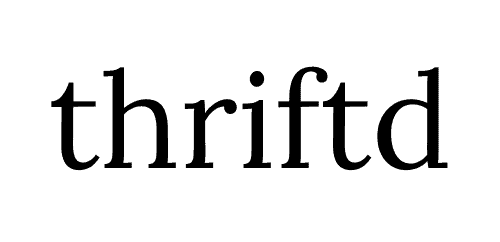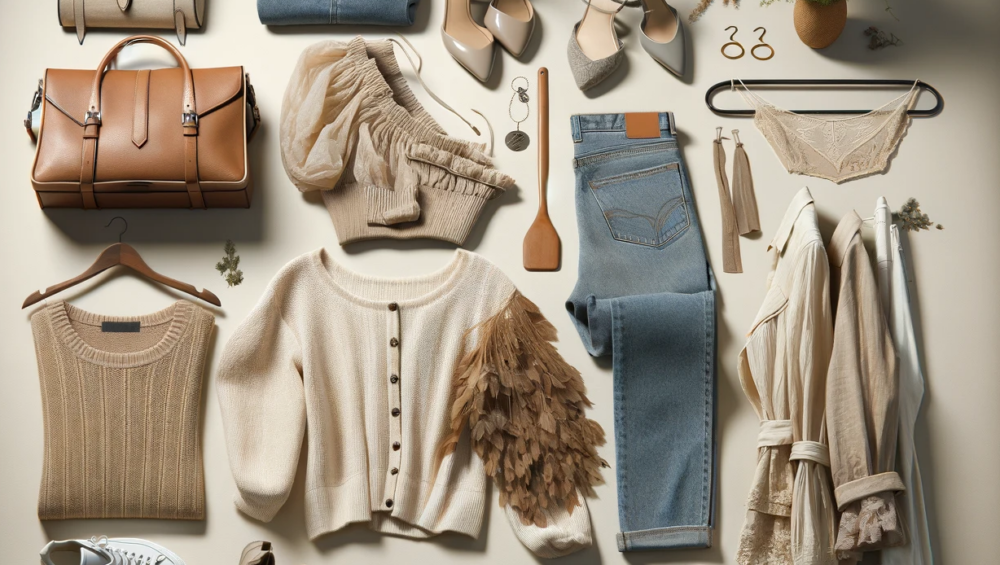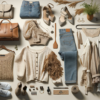In the fast-paced world of fashion, a silent but powerful shift has been occurring, one that champions both sustainability and affordability. The secondhand market, long seen as the underdog of retail, has burgeoned into a force to be reckoned with, nearly tripling in size since 2020 and now estimated to be valued between $100 to $120 billion worldwide. This seismic shift has not only redefined consumer habits but also charted a new course for the future of fashion retail.
The Rise of Secondhand Shopping
Gone are the days when secondhand stores were looked upon with disdain. Today, they stand as vibrant hubs of fashion, teeming with opportunities to find unique, high-quality items at a fraction of the original cost. But what has fuelled this remarkable growth? The answer lies in a combination of factors: the increasing importance of sustainability, the hunt for affordability, and the joy of discovering diverse and unique products.
Sustainability at the Forefront
As awareness of the environmental impact of fast fashion grows, more consumers are turning to secondhand shopping as a greener alternative. Purchasing preloved items significantly reduces the demand for new clothing production, which in turn lessens the carbon footprint associated with manufacturing and transportation. This shift towards sustainability is not just a trend but a movement, as consumers increasingly seek to align their shopping habits with their values.
Affordability Meets Variety
In an era of economic uncertainty, affordability has become a key driver for the secondhand market. Shoppers are finding that secondhand stores offer an unbeatable combination of low prices and high quality, allowing them to stretch their dollars further without compromising on style. Moreover, the diversity of products available in the secondhand market is unparalleled, offering consumers the chance to curate a distinctive wardrobe full of rare finds and vintage treasures.
The Online Secondhand Marketplace
The digital revolution has played a pivotal role in the expansion of the secondhand market. Online platforms have made it easier than ever for buyers and sellers to connect, transforming the act of thrifting from a local pastime to a global phenomenon. In Australia, where the love for thrifting and sustainability runs deep, online secondhand shopping has become a popular way to both declutter and discover fashion in an eco-friendly manner.
Authentication and Trust
One of the challenges of online secondhand shopping is ensuring the authenticity and quality of items. However, advancements in technology and the implementation of stringent authentication processes have significantly mitigated these concerns. Today, shoppers can buy and sell preloved items with confidence, knowing that their transactions are secure and their purchases are genuine.
The Future of Fashion Retail
As the secondhand market continues to grow, it’s clear that its impact on the fashion industry will be profound. Traditional retailers and brands are taking note, with many now exploring ways to tap into this lucrative market. From launching their own resale platforms to partnering with established secondhand stores, the opportunities for innovation and growth are endless.
In Australia, where sustainability and online shopping are already part of the cultural fabric, the secondhand market is poised for continued success. Consumers are increasingly choosing to support businesses that align with their environmental and ethical values, making the secondhand market not just a smart choice, but the right choice for the future.
Is buying secondhand really better for the environment?
Absolutely. Purchasing secondhand items reduces waste and the demand for new products, thus lowering the overall environmental impact associated with manufacturing and distributing new goods.
Can I find high-quality items in the secondhand market?
Yes, many secondhand items are of high quality, some even like new. The key is to shop from reputable sources and take advantage of online platforms with authentication services.
Are there any risks associated with buying secondhand online?
While there are always risks associated with online shopping, choosing reputable platforms that offer secure payment options and authentication services can significantly mitigate these risks.
How can I ensure the items I buy secondhand are authentic?
Shop on platforms known for their strict authentication processes, and don’t hesitate to ask for additional information or authentication certificates for high-value items.
Is secondhand shopping only for fashion items?
Not at all. The secondhand market includes a wide range of items, from books and electronics to furniture and home decor. Fashion is just one of the many categories thriving in the secondhand market.
How does secondhand shopping contribute to a circular economy?
Secondhand shopping extends the lifecycle of products, reducing the need for new items to be produced and hence minimizing waste. It’s a key component of the circular economy, which aims to keep resources in use for as long as possible.
Can I sell my own items on these secondhand platforms?
Yes, most secondhand platforms offer an easy process for individuals to list and sell their items.




